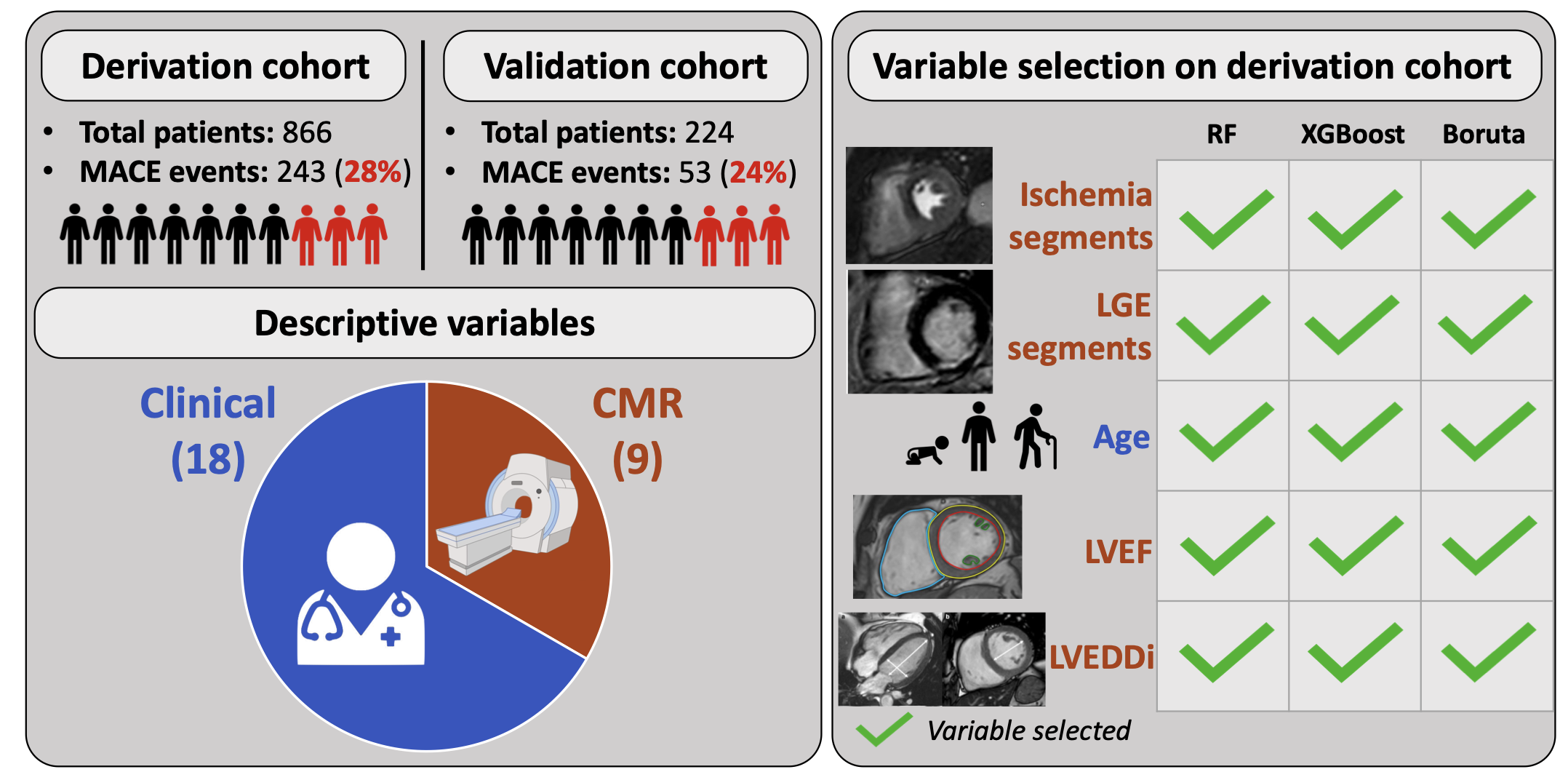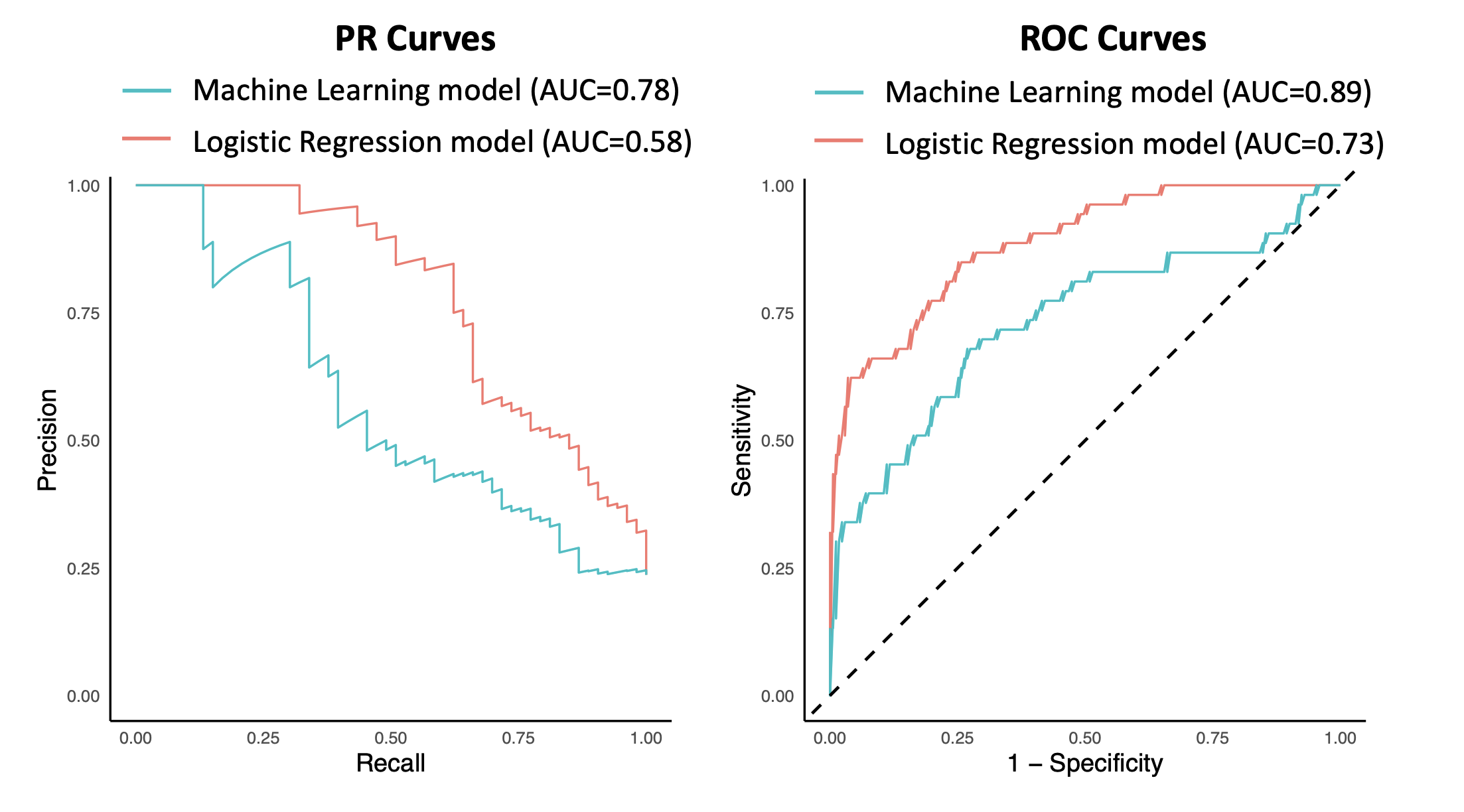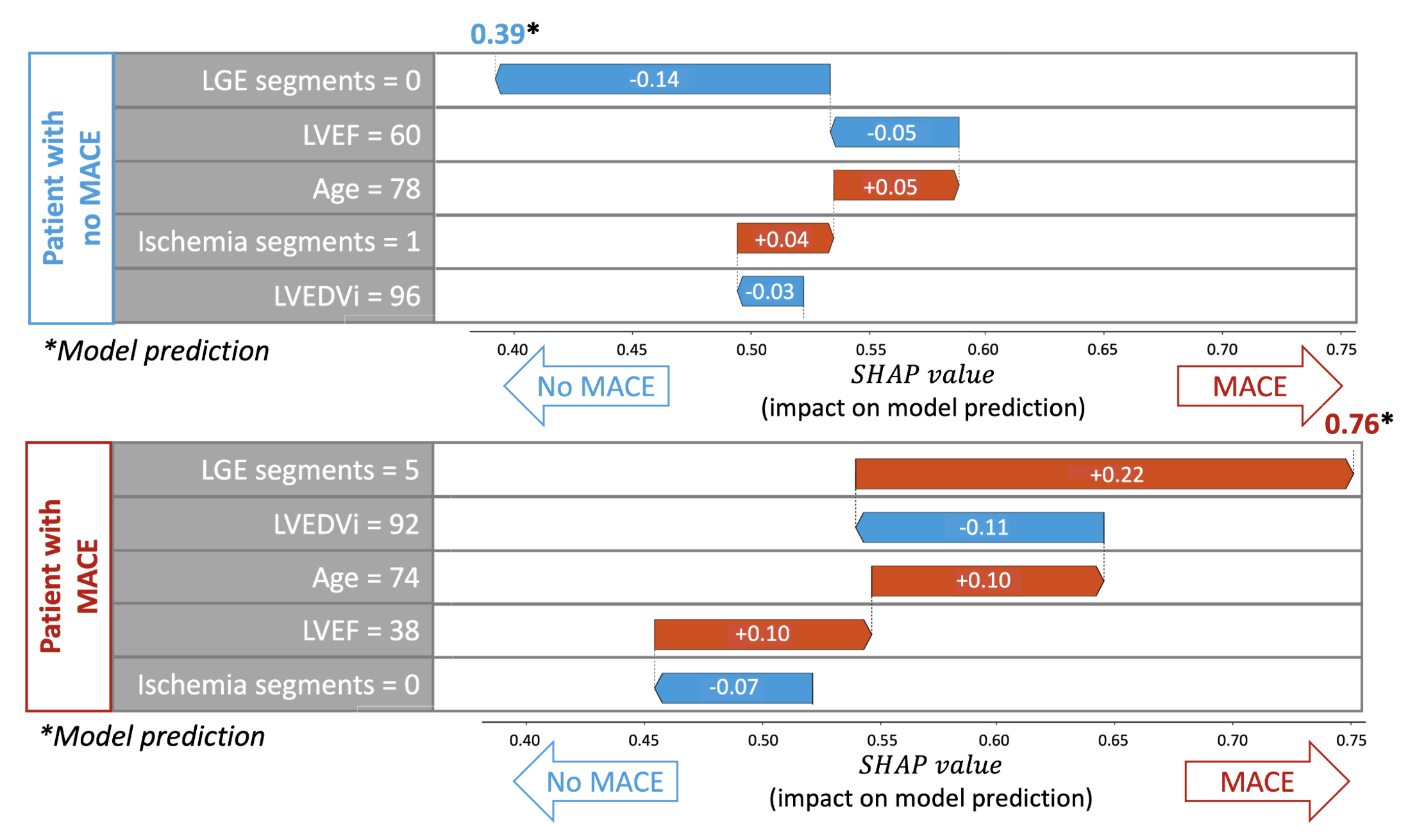Oral Abstract
Machine learning model using CMR to predict cardiovascular events in asymptomatic patients with known CAD.

Theo Pezel, MD, PhD
Cardiologist
Hôpital Lariboisière – APHP, Paris, France, France- JA
Jonas Amar, MSc
Data scientist
Hôpital Lariboisière AP-HP, France - ST
Solenn Toupin, PhD
Clinical scientist
Siemens Healthineers, France - AU
Alexandre Unger, MD
Cardiologist
Hôpital Lariboisière AP-HP, France - JF
Jeremy FLORENCE, MD
Cardiologist
Lariboisière hospital, APHP, Paris, France., France 
Trecy Gonçalves, MD
Cardiologist
Lariboisière Hospital – APHP, Paris, France., France- SD
Suzanne DUHAMEL, MD
Cardiologist
Institut Cardiovasculaire Paris Sud, France - TU
Thierry Unterseeh, MD
Cardiologist
Institut Cardiovasculaire Paris Sud, France - TH
Thomas Hovasse, MD
Cardiologist
Institut Cardiovasculaire Paris Sud, France - JD
Jean Guillaume Dillinger, MD, PhD
Cardiologist
Lariboisière Hospital – APHP, Paris, France., France - VB
Valérie Bousson, MD, PhD
Radiologist
Lariboisière Hospital – APHP, Paris, France., France - PH
Patrick Henry, MD, PhD
Cardiologist
Lariboisière Hospital – APHP, Paris, France., France - FS
Francesca Sanguineti, MD
Cardiologist
Institut Cardiovasculaire Paris Sud, France 
Jerome Garot, PhD
Head
ICPS - Massy, France
Presenting Author(s)
Primary Author(s)
Co-Author(s)
Despite declining rates, recurrent cardiovascular events continue to pose significant mortality and morbidity risks in patients with obstructive coronary artery disease (CAD). Traditional prognostic assessments in these patients rely on limited clinical and imaging data. Although several studies have shown the strong prognostic value of stress cardiovascular magnetic resonance (CMR) in asymptomatic patients with known CAD, no dedicated score using CMR was established. Machine learning (ML) methods present an opportunity to leverage a wider array of variables to address this gap.
This study sought to investigate the feasibility and accuracy of ML using stress CMR and clinical data to predict major adverse cardiovascular events (MACE) over a 10-year period in patients with known obstructive CAD, comparing its performance with traditional statistical methods.
Methods:
Between 2009 and 2011, consecutive asymptomatic patients with known obstructive CAD referred for vasodilator stress CMR in two independent centres were followed for the occurrence of MACE defined by cardiovascular mortality or recurrent non-fatal myocardial infarction (MI). Known obstructive CAD was defined by a history of percutaneous coronary intervention, coronary artery bypass surgery, or MI. The first center (N=866) was designated as the derivation cohort for variable selection and model building. The second center (N=224) was used as the validation cohort to evaluate the performance of the final ML-model. Various feature selection methods (Random Forest [RF], XGBoost, and Boruta) were employed to identify robust and informative variables. A final RF model was trained on the derivation cohort and evaluated on the validation cohort. Performance was compared with a standard generalized logistic regression model (GLM), utilizing the receiver operating characteristics (ROC) and the precision-recall (PR) curves as well as the area under the curves (AUC).
Results:
In the derivation cohort (age 67±7 years, LVEF 43±8%, 81% male), 243 (28%) out of 866 patients encountered MACE during the 10-year follow-up period while in the validation cohort (age 67±7 years, LVEF 43±7%, 84% male), 53 (24%) out of 224 patients experienced MACE. Through feature selection method in the derivation cohort, one clinical and four CMR variables emerged as key predictors: number of ischemic segments, number of late gadolinium enhancement (LGE) segments, left ventricular ejection fraction, left ventricular end-diastolic diameter indexed, and age (Figure 1). Using those 5 variables, the RF model significantly outperformed the GLM, demonstrating superior predictive accuracy (AUROC: 0.89 vs. 0.74; PRAUC: 0.79 vs. 0.57, all p< 0.001) in the validation cohort (Figure 2).
Conclusion: A supervised machine learning model using RF, integrating age and stress-CMR data, outperformed traditional statistical methods in predicting 10-year MACE for asymptomatic patients with known CAD.
Machine learning model with features selection
Machine learning models performance on the validation cohort
Model explainibility: Individual prediction decomposition with SHAP values

